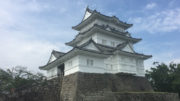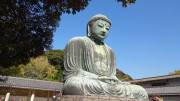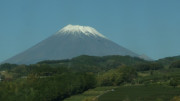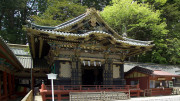Kawagoe, located north of Tokyo, is an incredibly fascinating destination for a day trip—like stepping back in time. Often called “Little Edo,” Kawagoe is rich in history, offers great shopping, breathtaking sights, and plenty of fun. It was once a major merchant town, serving as a hub for grain and fabric trade. You might even recognise Tozan, the distinctive striped fabric that originated here.
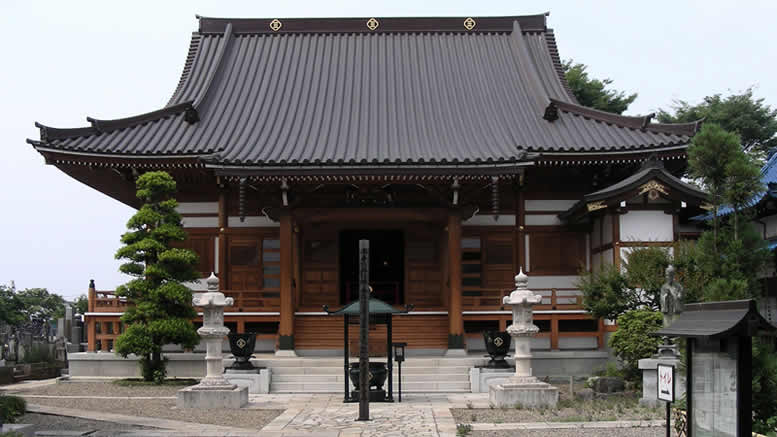
Unlike many areas in Japan, Kawagoe has preserved its historic charm, resisting large-scale commercial development. The town is full of alleys and small streets, many remarkably unchanged from decades past. Some of the most charming spots include the Showa-era alleys and old merchant buildings. The best way to explore Kawagoe is on foot, taking a few unexpected turns along the way. The Kurazukuri Zone, or Traditional Architectural Zone, around Ichiban Gai Street, features incredible historic properties, with some dating back over 300 years. Even newly constructed buildings in this area must adhere to strict heritage guidelines. Be sure to visit the Museum of Kurazukuri, housed in a former tobacco store, which offers fascinating insights into the town’s history.
One of the highlights of Kawagoe is Kashiya Yokocho, or Penny Candy Lane, a haven for traditional Japanese sweets and candy. With over twenty shops, many still making their treats by hand, visitors can watch skilled artisans craft delicious confections using generations-old recipes. If you’re lucky, you might even get a free sample.
Another must-visit spot is Taisho-Roman Street, a beautifully preserved shopping street free of modern obstacles like power cables, creating an atmosphere straight out of the past. Lined with traditional merchant shops, this area offers unique shopping opportunities and a nostalgic glimpse into early 20th-century Japan.
For food lovers, Kawagoe is famous for its traditional cuisine. Eel (unagi) dishes are especially popular, with many shops specialising in this delicacy. Eel became a staple during the Edo period when eating certain meats was prohibited. Historically, eels were caught in the Iruma and Arakawa Rivers, then charcoal-grilled with a special soy-based sauce. While most eels are now sourced from outside the area, many of the sauces remain secret family recipes passed down for generations. Sweet potatoes are another local specialty, gaining popularity during and after World War II when food was scarce.
Kawagoe is also home to stunning temples and shrines. Notable sites include:
- Kita-in Temple (founded in 830), the most renowned temple in Saitama Prefecture.
- Semba Toshogu Shrine, located on the historic grounds of the Tokugawa family, dating back to 1616.
- Hikawa Shrine, famous for its breathtaking torii gate, which stands an impressive 15 metres tall.
- Toki no Kane (Time Bell Tower), an iconic clock tower that has stood for over 400 years. It rings four times daily, adding to the area’s charm.
A great way to explore Kawagoe in a single day is by taking one of the sightseeing buses. The Koedo Famous Spots Loop Bus offers a traditional suburban-style ride, while the Koedo Loop Bus features a charming retro design. Both follow different routes but stop at many of the town’s main attractions. A day pass allows unlimited hop-on, hop-off travel, making it the best ticket option.
Kawagoe is located in Saitama Prefecture and is about a 30-minute train ride from Ikebukuro Station. It is served by the Tobu Tojo Line, JR East Kawagoe Line, and Seibu Shinjuku Line.

